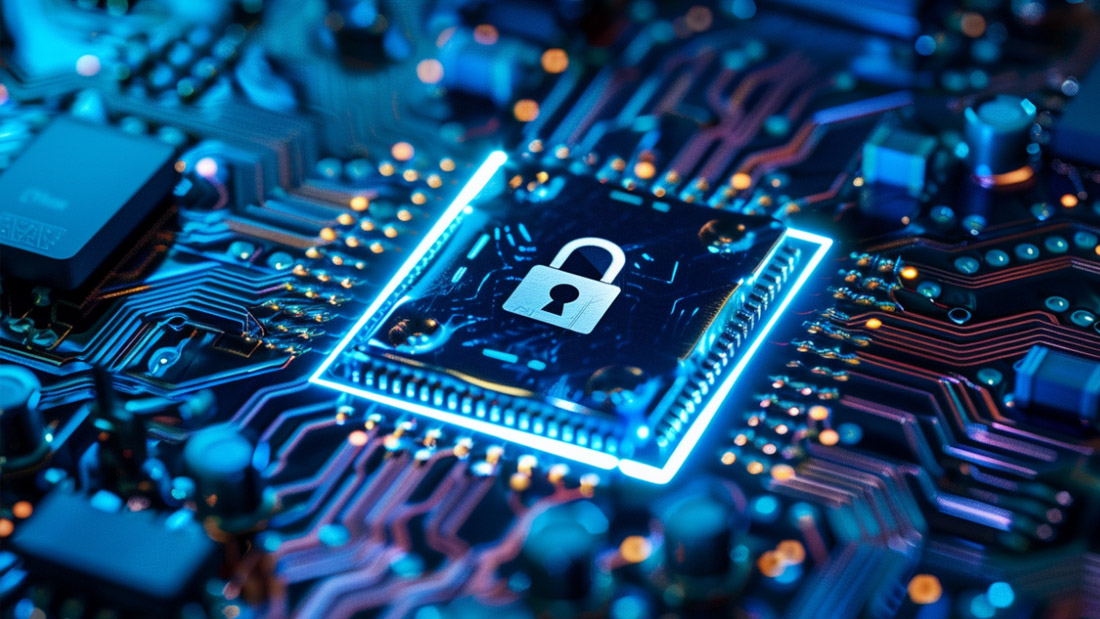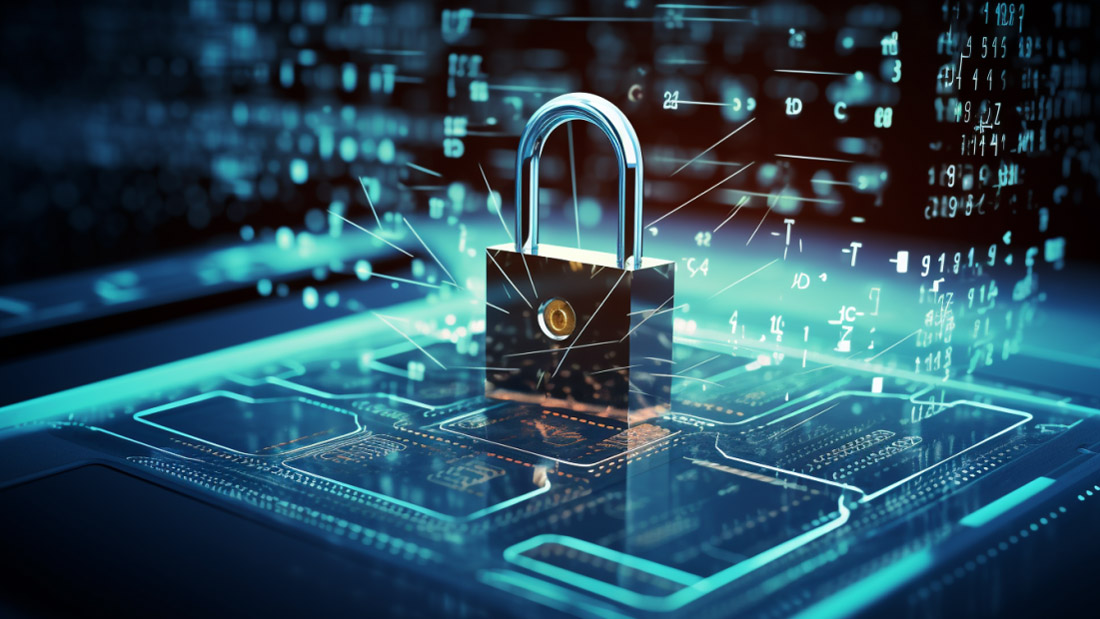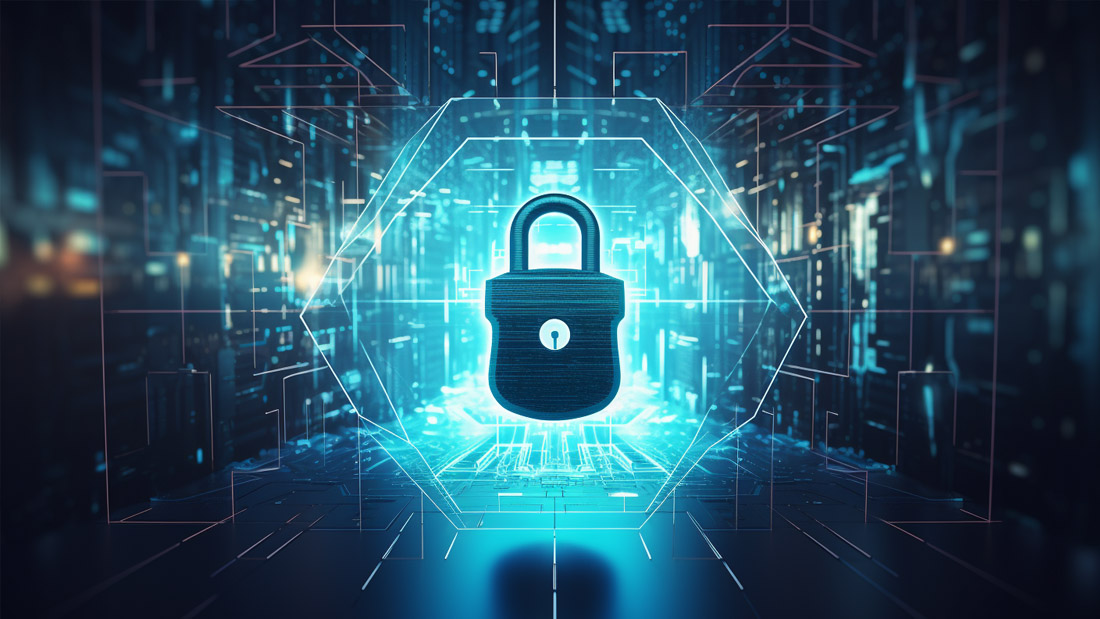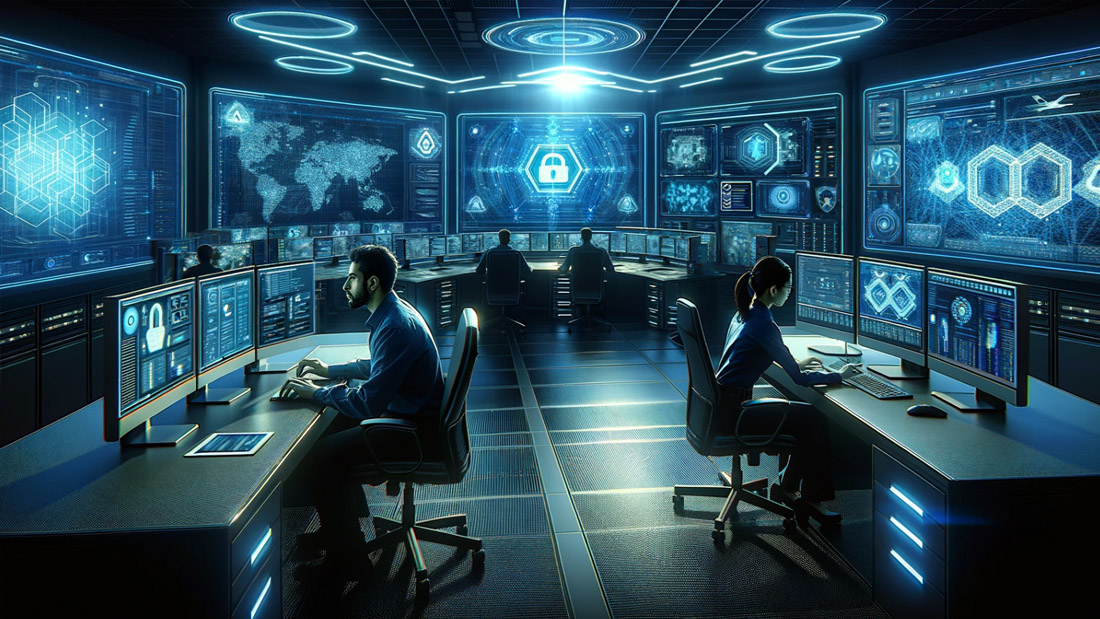Cybersecurity Hygiene for Remote Workers
October 27, 2023
Go back to "News & Updates"

Introduction
In today’s digital era, where remote work is increasingly becoming the norm, cybersecurity hygiene has never been more crucial. This blog post aims to equip remote workers with essential cybersecurity practices to protect sensitive data and maintain a secure digital workspace.
Understanding the Risks: The Remote Work Cybersecurity Landscape
Remote work opens up a new array of cybersecurity threats, including unsecured Wi-Fi networks, the risk of phishing attacks, and the challenge of securing personal devices. Awareness of these risks is the first step in developing a robust cybersecurity hygiene routine.
Secure Your Home Network
Start with securing your home Wi-Fi network. Use a strong, unique password and WPA3 encryption. Consider using a VPN to add an extra layer of security, especially when accessing company resources.
Regular Updates and Patch Management
Keep your operating system and all software up to date. Regular updates include critical security patches that protect against new vulnerabilities. Enable automatic updates where possible to ensure you’re always protected.
Robust Password Management
Use strong, unique passwords for each account. Employ a password manager to keep track of your passwords securely. For added security, enable multi-factor authentication (MFA) on all accounts that offer it.
Phishing Awareness: Don’t Take the Bait
Educate yourself on how to recognize phishing attempts. Be cautious with emails, especially those that ask for personal information or urge you to click on a link. Verify the sender’s authenticity before responding.
Secure File Sharing and Storage
Use secure methods for file sharing and ensure sensitive data is stored safely. Encrypt sensitive files, use secure cloud storage services, and avoid using unsecured or public cloud services for storing company data.
Endpoint Protection: Securing Personal Devices
If you use personal devices for work, ensure they are protected. Install reputable antivirus software, enable firewalls, and keep personal and work data separate as much as possible.
Regular Data Backups
Regularly back up important data. This ensures that in the event of a cyber incident, your data can be recovered. Use secure and reliable methods for backing up data, such as encrypted external storage devices or cloud backup services.
Creating a Secure Workspace
Create a physical workspace that’s secure. This includes locking devices when not in use and ensuring sensitive information is not visible on screens to others around you.
Staying Informed: Ongoing Cybersecurity Education
Stay informed about the latest cybersecurity threats and best practices. Regular training and staying updated with your organization’s cybersecurity policies can significantly enhance your defense against cyber threats.
Conclusion
Adopting good cybersecurity hygiene is essential for remote workers to protect both personal and company data. By implementing these practices, remote employees can significantly reduce their risk of cyber threats and contribute to a more secure digital work environment.











